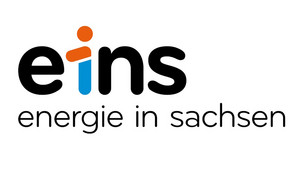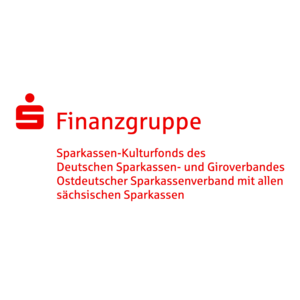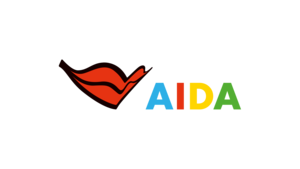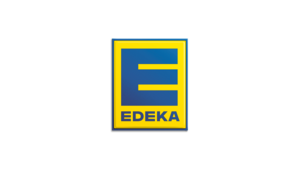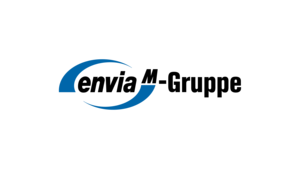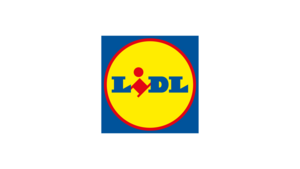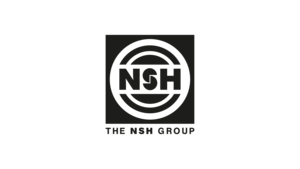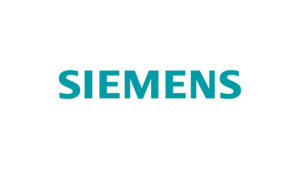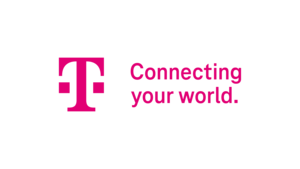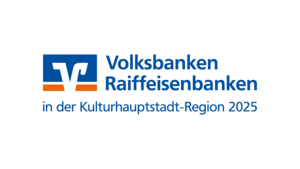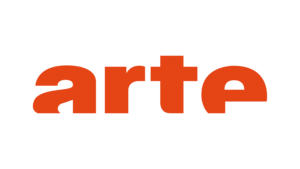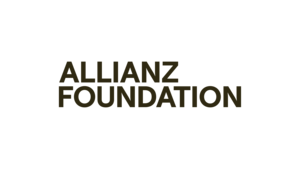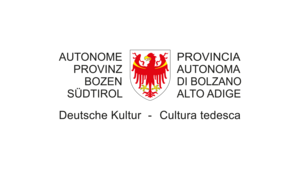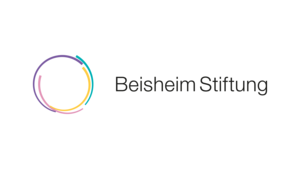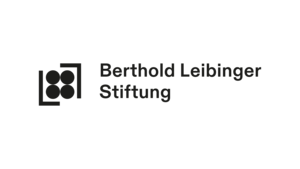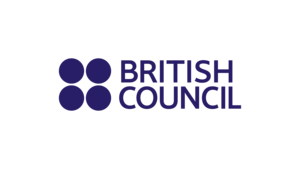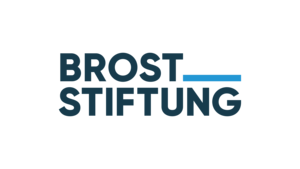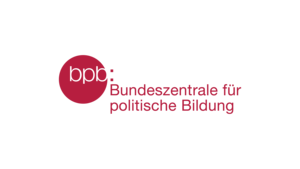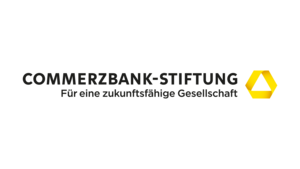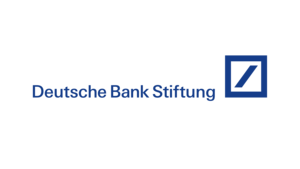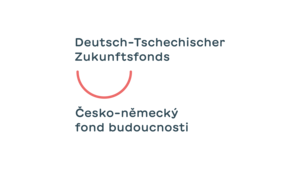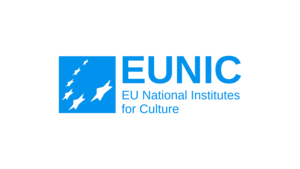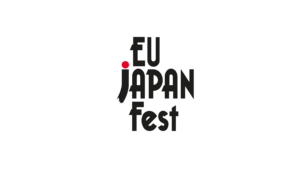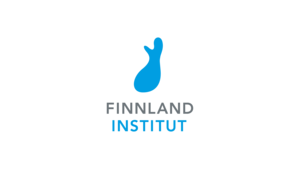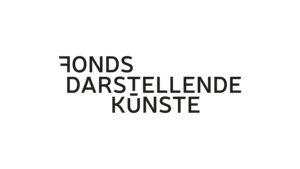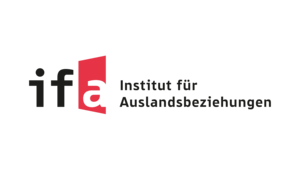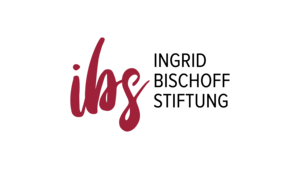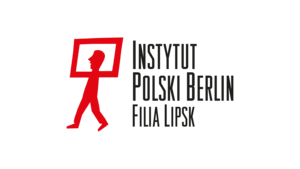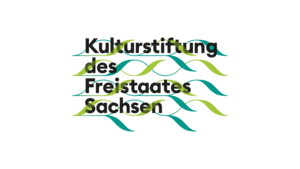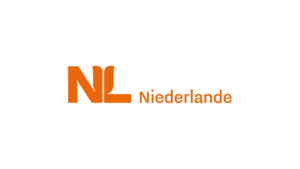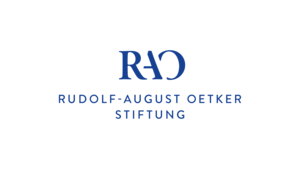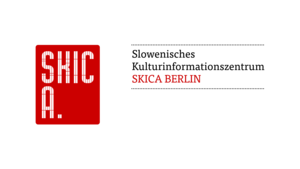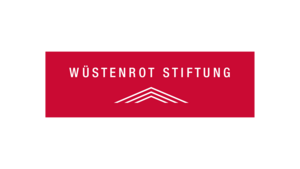BrennTonWerkstatt // In search of the wild clay - a walk
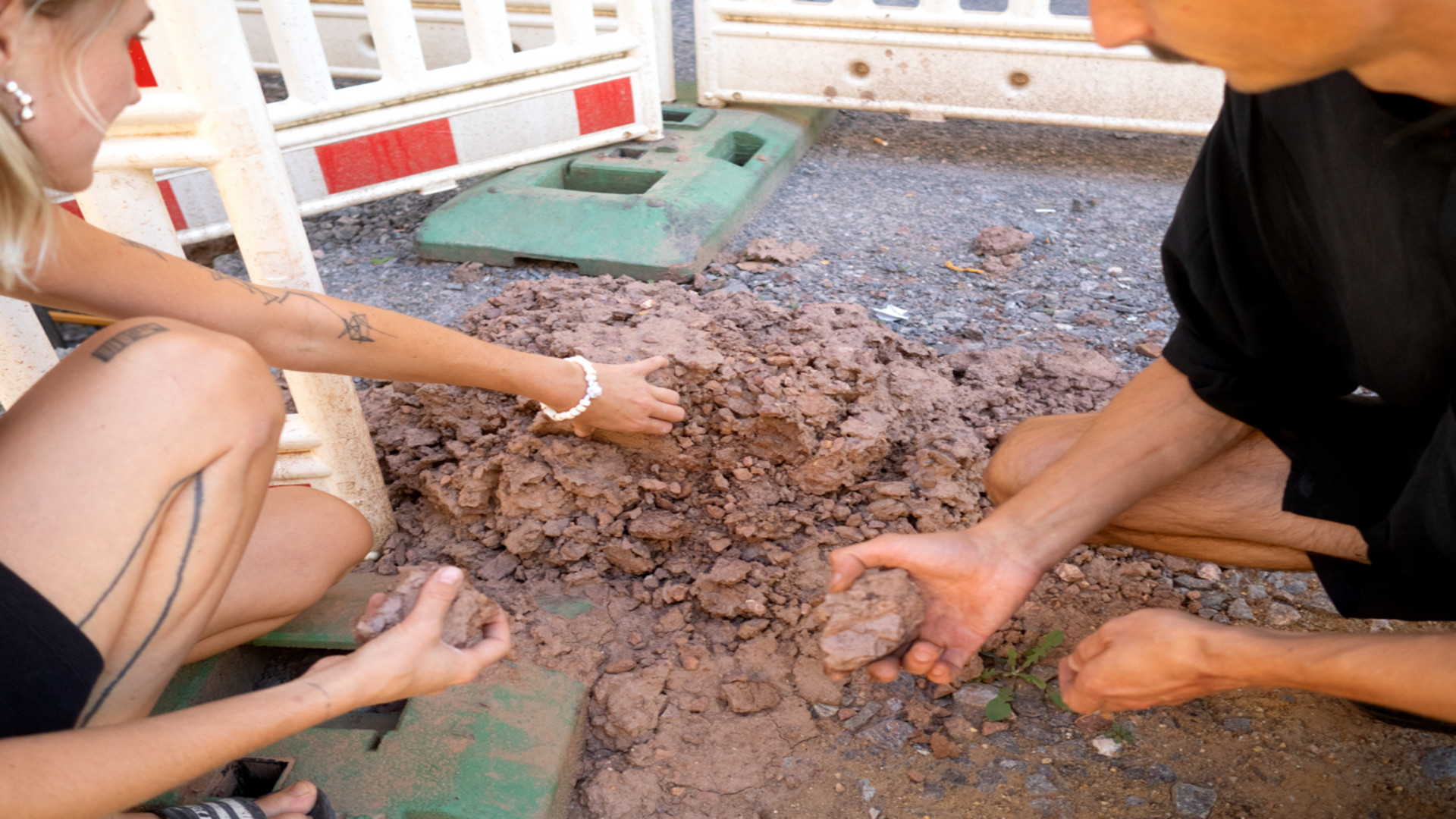
Event information
Date & Time
entrance free
What exactly is clay? Where does it come from? The original clay is called "wild clay" because it is untamed. This means that it cannot usually be moulded directly into an object, but must first be sieved and washed in order to be "tamed". The clay is scrutinised more closely and the fields and gardens around Augustusburg are combed through. There, the "habitat" of the wild clay is familiarised with. They will explore how clay is formed and take sacks of soil samples for the following days in the BrennTonWerkstatt.
In the search for wild clay, participants will also look for various plant fibres. The so-called bast fibres give the bark of trees and bushes support and protection. They are particularly easy to find on dead wood or dead plants and take with you. A small, unique collection of this material will be processed into a special plant-based modelling clay, paperclay, during the coming workshop days.
The artist duo Priska Engelhardt and Patrick Will would like to explore the hidden world of natural and wild resources with the participants. From their point of view, the interesting questions and things are right underfoot or often next to it: Like small plants between pavement slabs, overgrown gardens between houses or forgotten ponds on the edge of a village. These places are to be found in Augustusburg, samples taken and a collection created for a clay workshop in the Lehngericht.
As freelance artists, they proceed in a similar way. They look for exciting stories and background information on the internet, on the street or from friends. Sometimes they already know at the beginning what they want to create from this research - a drawing, an installation, a film or a text. Sometimes, however, they don't know. Then they explore whether the research can show a suitable form of themselves or consider what their strengths are:
Priska is particularly good at firing earth into extremely solid and unique objects. To do this, however, the right clay must first be found and prepared. It would also be possible to go to a shop and buy clay, but in the long run there would be a lack of discoveries and everything would end up looking the same.
Patrick is particularly good at finding things, plants or places and making them talk that others wouldn't even touch with their hands. He uses people's insults about the objects he examines to scrutinise them. When plants are labelled as weeds - unnecessary herbs - this becomes a motivation to look more closely and discover many useful properties or phenomena. As soon as these discoveries are talked about in loudspeaker installations, films or on walks, even sceptics listen intently and question their attitude from time to time.

